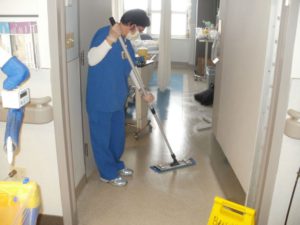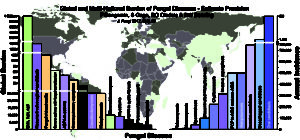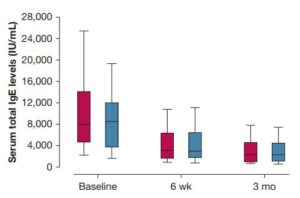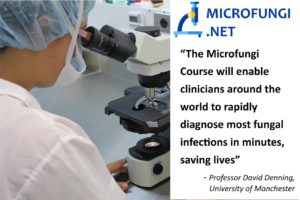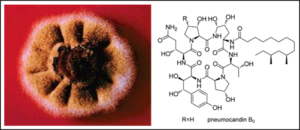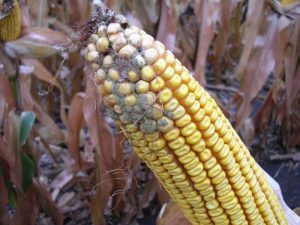Submitted by GAtherton on 4 July 2016
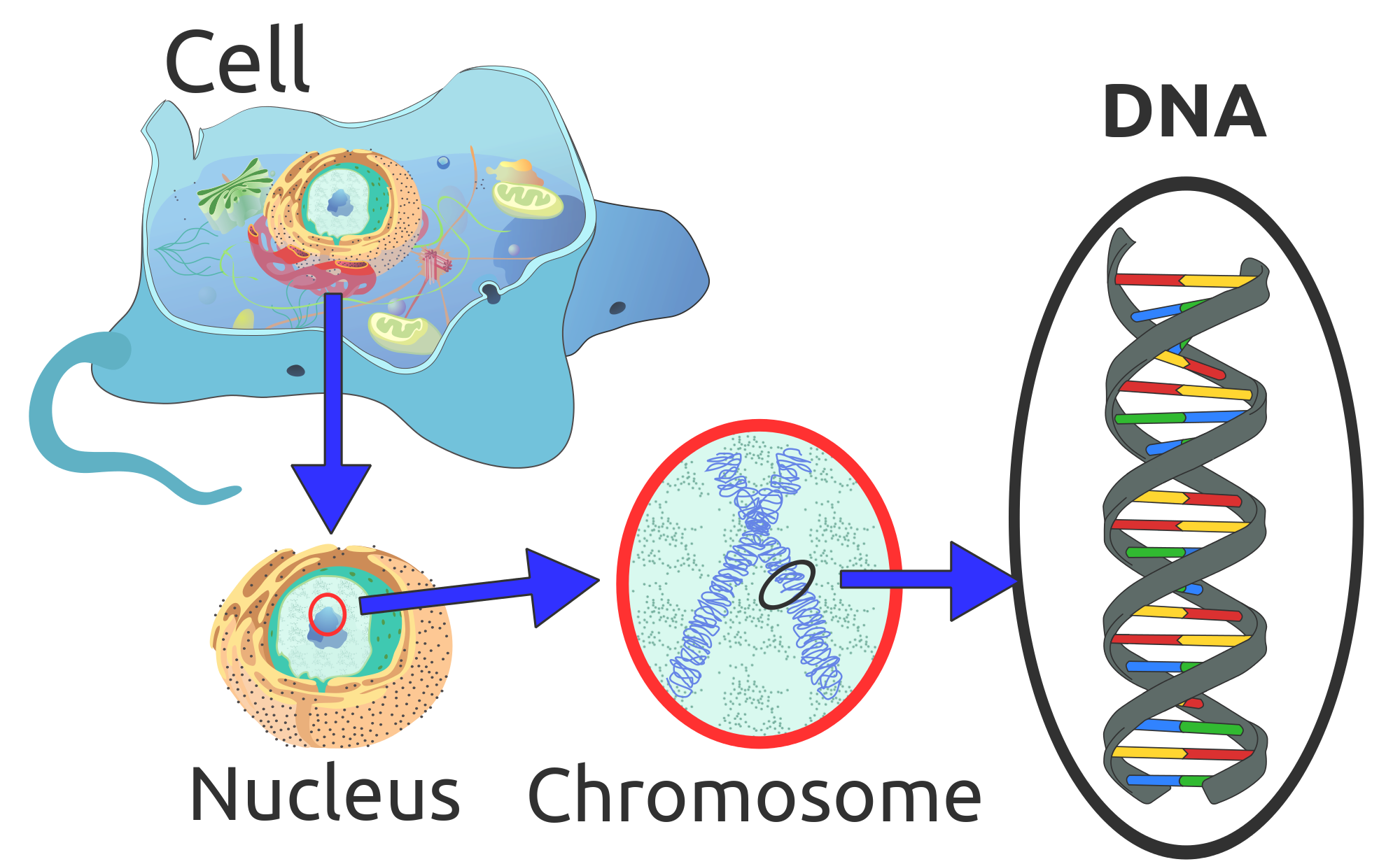
In 2013 Cunha et. al. reviewed those genes that we know increase the risk of acute invasive aspergillosis in patients who have been treated for cancer and have received a haematopoietic stem cell transplant. These patients go through a period of days when they have a much reduced ability to fight off infection and are vulnerable to aspergillosis. Aspergillosis affects around 10% of such patients and much work has gone into detecting which genes variants might be responsible for increased susceptibility to infection. Several genes have been found and it is clear that understanding multiple gene variants working together are key to understanding susceptibility to infection.
The paper goes into some detail about how the host resists infection by fungi and the likely weak points in the hosts’ defences. It mentions that vulnerability might be the result of under-activity of the immune system OR over-activity causing excessive inflammation, both led by genetic mutation (i.e. variation).
More recently (2014) Cuhna et. al. concentrate in reviewing the vital role of the neutrophil in fighting off infection by Aspergillus. Neutrophil deficiency is known to markedly increase the risk of aspergillosis and several mutations are known to reduce their antifungal efficiency.
Immunocompetent people can rarely get one of several chronic forms of aspergillosis; e.g. chronic pulmonary aspergillosis (CPA), allergic bronchopulmonary aspergillosis (ABPA) which are very slow growing, advancing gradually against the host. It is thought that the susceptibility of these people is also strongly influenced by their genetic background though again it is a complex situation with multiple gene variants involved.
Many of these gene defects seem to be caused by small (single base pair) changes in the host’s DNA. Perhaps if we could change those base pair changes we could restore the immune systems of CPA/ABPA patients, perhaps we could screen out those people know to be vulnerable to infection by Aspergillus and prevent infection in the first place? But how?
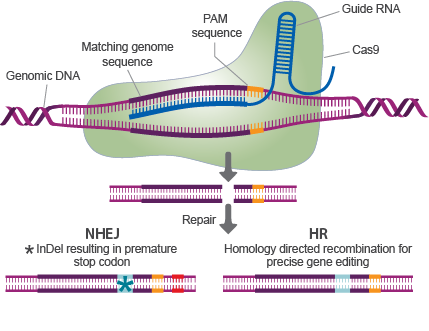
Clustered regularly interspaced short palindromic repeats (CRISPR) was discovered in 2012). Up until then it was possible to correct single base pair changes in DNA but it was a very slow process. CRISPR corrected base pair changes a lot faster than earlier technology – much much faster such that it is a practical way to quickly ‘correct’ genetic mutations in large numbers of cells. Combined with new techniques to re-introduce modified DNA back into the host (so far only attempted in animal models) we now have the tools to start discovering how to cure many genetic diseases. The first clinical trials to attempt this in humans are about to begin.
Once established (and it has only taken 4 years to get this far which is exceptionally fast) this might form the basis for how we can start treating people with gene variants that put them at higher risk of aspergillosis, both acute and chronic forms. Who knows what will happen when we treat people who already have aspergillosis? Many already have lung damage and that will remain but if we get it right they may suddenly be ably to fight fungal infection far more effectively. Perhaps less antifungal medication will need to be used? Perhaps in people diagnosed early enough the impact of the disease will be significantly reduced.
News archives
-
Title
Date

